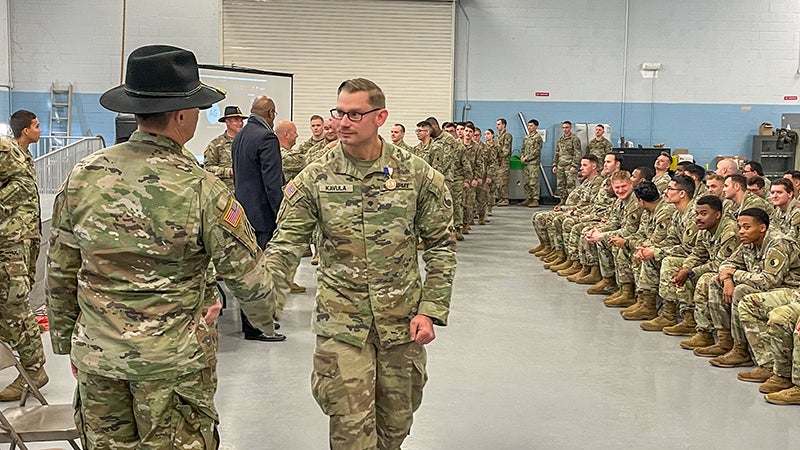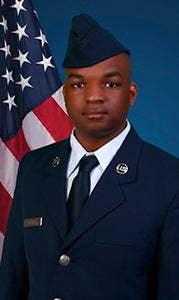Joint warfighting
Published 9:14 pm Wednesday, August 11, 2010
In a secure room at the Joint Systems Integration Center, military personnel from 43 nations and agencies have spent the last three weeks spying on their counterparts in Arizona.
The participants could see everything those at Fort Huachuca were doing, and they even chatted about it over a secure network.
However, the service men and women weren’t playing games. The “spying” was part of Empire Challenge 10, an annual demonstration of the military’s joint intelligence, surveillance and reconnaissance capabilities. The project wraps up Friday.
“We’re trying to figure out how we can better conduct operations,” said U.S. Air Force Maj. Dan Shinohara, the project leader. “We’re trying to figure out solutions to problems now before we go forward.”
Military from around the world participated in the project from a number of locations, including U.S. Joint Forces Command in Suffolk. The coalition partners were testing their surveillance and communication skills in hopes of one day using them against enemy forces in overseas wars.
Personnel in Suffolk spied on Arizona forces, using reconnaissance technology to build a map of the terrain, locate vehicles and people, get reports from sensors placed on the ground and even receive information from their own forces. Operators could chat over a secure network, which looked on screen much like an Internet chat room, about what they were seeing and hearing.
“Operators on the ground are literally chatting about what they’re seeing, what they’re doing, what’s going on,” said U.S. Army Col. James L. Bullion. “We can actually act on that data in very short order.”
Eventually, the exercises should help bridge the gap between intelligence missions and the command on the ground, said Capt. Mark Boettcher.
“We want to give the battle commander the best possible assay so space and time become irrelevant,” he said.
Boettcher stressed that practicing for joint war fighting is necessary, because it involves thousands of personnel from numerous countries and branches of service. Empire Challenge has been conducted each year since 2004, and every year it involves more countries and agencies.
“When you have all those different services from different countries, it’s that much more complex,” Boettcher said.
As part of the exercise, commanders in Suffolk have asked for various pieces of information from the system and its operators to test the limits of the organizational structure.
“We can stress it and see if it can really be delivered in the time frame we need,” Bullion said.
Improvements made to the process will be tested and retested to get the best possible organization before putting it on the battlefield, Bullion added.
“In our minds, it’s a tremendous success,” he said.





